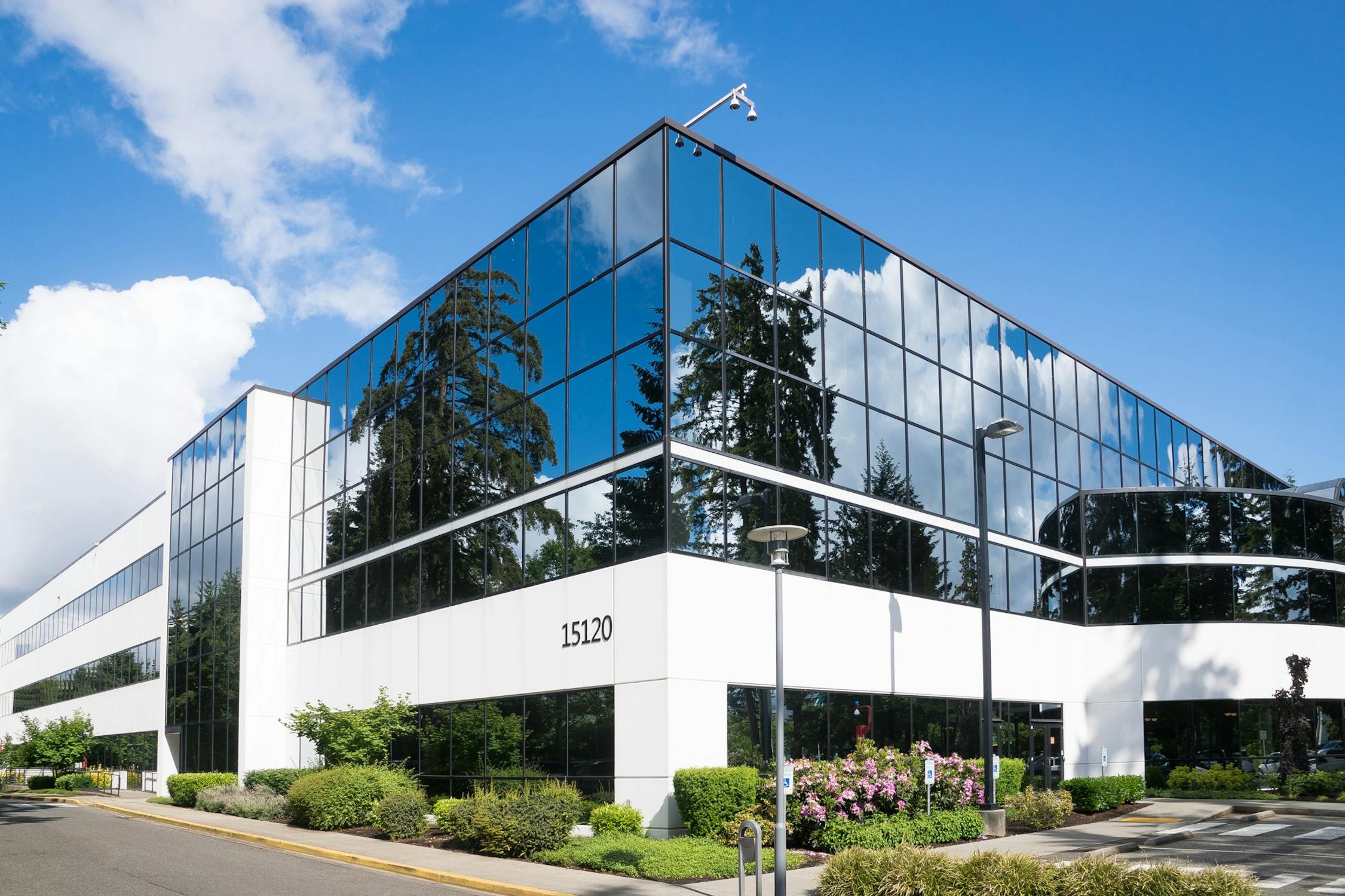Tenant Improvement Allowance (TIA) is crucial in commercial real estate leases, especially for businesses seeking to customize leased spaces. Understanding TIA and its implications for lease accounting is vital for both tenants and landlords.
Defining Tenant Improvement Allowance
Tenant Improvement Allowance refers to the amount of money a landlord agrees to spend on modifications and upgrades to a rental space to suit the tenant’s specific needs. These improvements can range from cosmetic changes like painting and carpeting to extensive alterations such as adding walls, lighting, or specialized equipment.
The allowance is specified in the lease agreement and can be negotiated based on the tenant’s requirements and the length of the lease. The primary purpose of TIA is to make the space functional and attractive for the tenant’s business operations without requiring the tenant to bear the entire cost of the improvements upfront.
How Tenant Improvement Allowance Works
When a lease agreement includes a Tenant Improvement Allowance, the landlord either reimburses the tenant for the cost of the improvements up to the agreed amount or directly pays the contractors for the work performed. The process generally involves assessing and planning the necessary improvements, agreeing on the scope of work and the TIA amount, implementing the improvements, and managing reimbursement or direct payment by the landlord.
Lease Accounting and Tenant Improvement Allowance
The accounting treatment of Tenant Improvement Allowance can be complex and varies depending on whether the lease is classified as an operating lease or a finance lease under ASC 842 for businesses or under GASB 87 for governmental entities.
Operating Lease
The Tenant Improvement Allowance is typically viewed as a lease incentive in an operating lease. The accounting treatment involves spreading the benefit of the allowance over the lease term, a process known as amortization. The tenant records the improvements as a leasehold improvement asset on the balance sheet and depreciates it over the shorter lease term or the useful life of the improvements. Simultaneously, the allowance received from the landlord is recorded as a liability, which is amortized over the lease term, effectively reducing the rent expense.
Finance Lease
For a finance lease, the Tenant Improvement Allowance is treated similarly to an operating lease in terms of recognizing and depreciating the leasehold improvement asset. However, because a finance lease transfers ownership risks and benefits to the lessee, the lease liability and right-of-use asset are recognized at the lease’s commencement. The allowance reduces the right-of-use asset and the lease liability. The lessee then amortizes the right-of-use asset and recognizes interest expense on the lease liability over the lease term.
GASB 87
Under GASB 87, applicable to state and local governments, the Tenant Improvement Allowance is treated similarly to ASC 842. The improvements are recognized as an intangible right-to-use lease asset and amortized over the lease term. The allowance is also recognized as a lease liability and amortized, reducing the lease expense.
Financial Reporting Implications
Including a Tenant Improvement Allowance in a lease agreement impacts financial reporting in several ways, affecting the balance sheet, income statement, and cash flow statement.
The allowance recognizes leasehold improvement assets and corresponding liabilities on the balance sheet. For finance leases, it also affects the right-of-use assets and lease liabilities. The amortization of leasehold improvements and the allowance affect rent expense and depreciation expense, thereby impacting net income. The cash flows related to tenant improvements and allowances impact operating and investing cash flows, depending on whether the landlord reimburses the tenant or pays directly.
Strategic Considerations
Negotiating a Tenant Improvement Allowance requires strategic considerations from both tenants and landlords. Tenants should assess their improvement needs and ensure the allowance covers necessary modifications without excessive out-of-pocket expenses. On the other hand, landlords must balance offering competitive allowances to attract tenants with the financial implications of these allowances on their cash flow and financial statements.
From a tenant’s perspective, a generous Tenant Improvement Allowance can significantly influence the choice of a property. It reduces initial capital expenditure and helps customize the space to enhance business operations. However, tenants must also consider the potential increase in rent or lease term extensions that landlords might require in exchange for a higher allowance.
For landlords, offering a Tenant Improvement Allowance can attract and retain high-quality tenants. It also allows for property enhancements that could increase the property’s value. However, landlords must carefully structure the allowance to ensure it is financially viable and does not overly strain their resources.
Future Outlook
Understanding Tenant Improvement Allowance and its impact on lease accounting is essential for tenants and landlords. It plays a significant role in negotiating lease terms and ensuring accurate financial reporting. By recognizing TIA’s financial and strategic implications, entities can make informed decisions that align with their operational and financial goals.
Tenant Improvement Allowance is more than just a financial term; it’s a strategic tool that can influence business decisions, financial health, and long-term success. Navigating its complexities requires a solid understanding of both the accounting principles involved and the strategic benefits it can offer.

